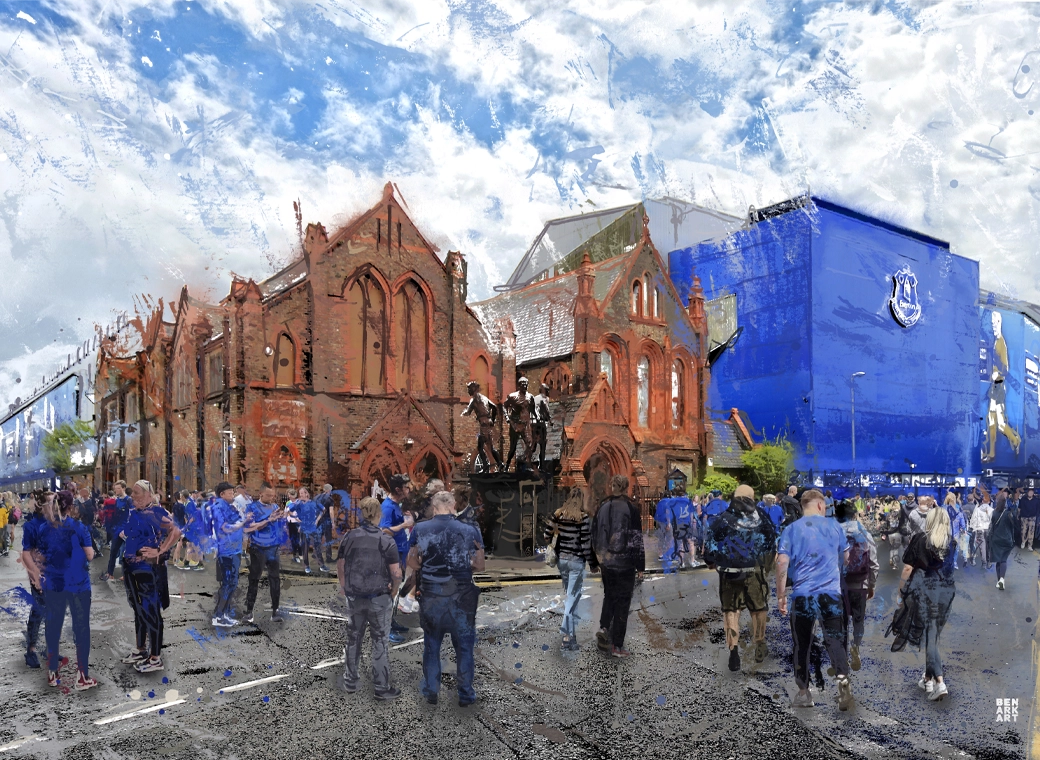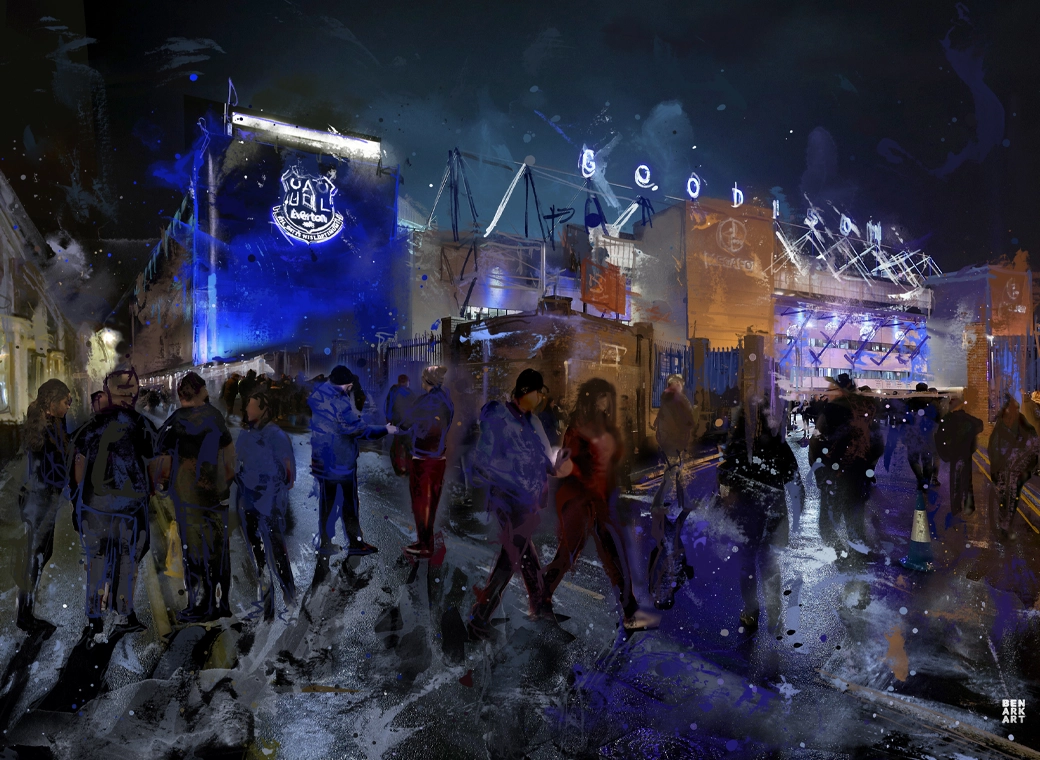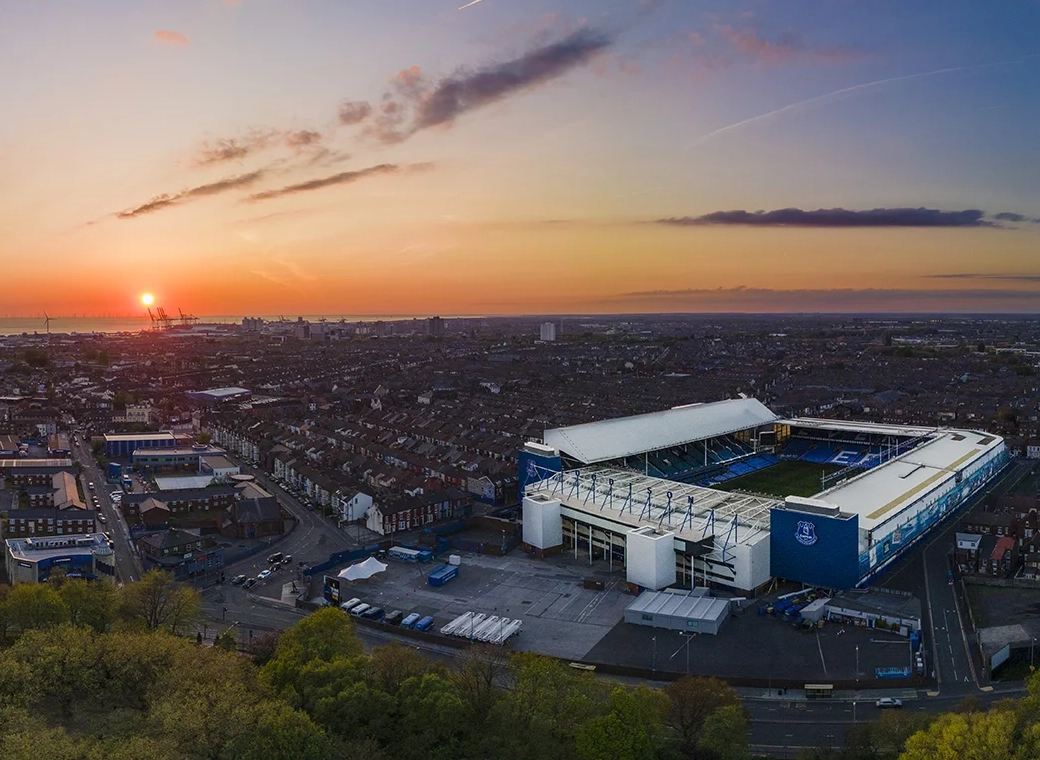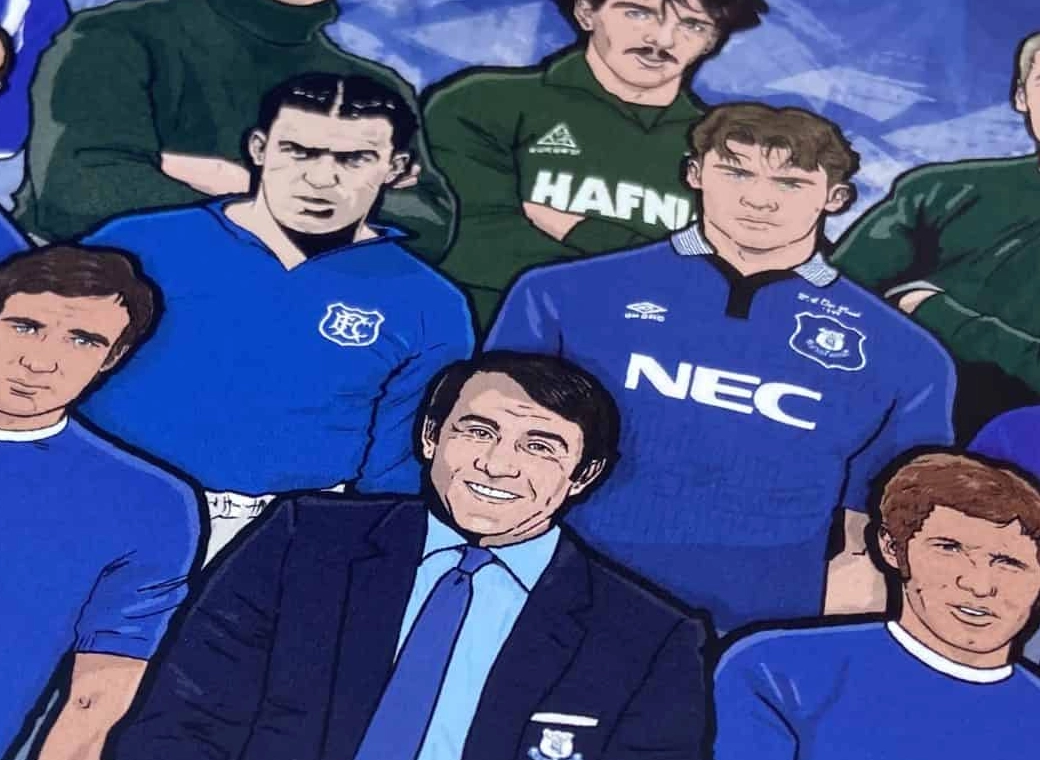Given the lack of threat from the front four, and the lack of interchange between them, perhaps the best option would be to move one of the attackers back into a standard midfield position and revert to a 4-3-3.
The question is; whom? And if the answer is changing formation and dropping an expensive player is the club brave enough to make that decision? Can the team overcome a heavy dose of sunk cost fallacy embodied in the person of Gylfi Siggurdson and make smart, forward looking decisions?
The sunk cost fallacy explains that It is painful to accept having wasted money. This pain impedes your ability to make logical decisions. Having invested so much money in Gylfi Sigurdsson it becomes almost impossible for a manager to not play him. And yet the logical change to make to Everton’s line up is moving from a 4-2-3-1 (that actually resembles a 4-2-4) to a 4-3-3. And the logical player to replace is the player currently in the number 10 role who does not contribute to the build up play. Gylfi Sigurdsson.
Even without purchasing players Everton’s squad contains central midfield options of Nikola Vlasic, Kieran Dowell, Tom Davies, Morgan Schneiderlin, James McCarthy, Mo Besic, Joe WIlliams, Beni Baningime, and Callum Connolly. With Richarlison, Cenk Tosun, Dominic Calvert-Lewin, Yannick Bolasie, Henry Onyekuru, Kevin Mirallas, and Ademola Lookman fighting for a place in the front three along with Walcott and Bernard.
Could Everton control games better, and play better on the break with an additional midfielder offering defensive cover and build up passing? Would a front three of, for example, Bernard, Richarlison and Lookman offer the pace and width in attack Marco Silva made his name coaching?
Or could Everton change their style of play and encourage more interchange in attack, and less directness? Bernard showed at Shakhtar Donetsk he can play in a high possession 4-2-3-1, with Walcott and Sigurdsson also having had success at Arsenal and Swansea in teams known for patient build up.
The question is; whom? And if the answer is changing formation and dropping an expensive player is the club brave enough to make that decision? Can the team overcome a heavy dose of sunk cost fallacy embodied in the person of Gylfi Siggurdson and make smart, forward looking decisions?
The sunk cost fallacy explains that It is painful to accept having wasted money. This pain impedes your ability to make logical decisions. Having invested so much money in Gylfi Sigurdsson it becomes almost impossible for a manager to not play him. And yet the logical change to make to Everton’s line up is moving from a 4-2-3-1 (that actually resembles a 4-2-4) to a 4-3-3. And the logical player to replace is the player currently in the number 10 role who does not contribute to the build up play. Gylfi Sigurdsson.
Even without purchasing players Everton’s squad contains central midfield options of Nikola Vlasic, Kieran Dowell, Tom Davies, Morgan Schneiderlin, James McCarthy, Mo Besic, Joe WIlliams, Beni Baningime, and Callum Connolly. With Richarlison, Cenk Tosun, Dominic Calvert-Lewin, Yannick Bolasie, Henry Onyekuru, Kevin Mirallas, and Ademola Lookman fighting for a place in the front three along with Walcott and Bernard.
Could Everton control games better, and play better on the break with an additional midfielder offering defensive cover and build up passing? Would a front three of, for example, Bernard, Richarlison and Lookman offer the pace and width in attack Marco Silva made his name coaching?
Or could Everton change their style of play and encourage more interchange in attack, and less directness? Bernard showed at Shakhtar Donetsk he can play in a high possession 4-2-3-1, with Walcott and Sigurdsson also having had success at Arsenal and Swansea in teams known for patient build up.










